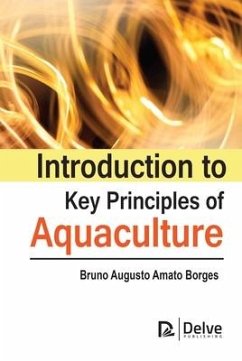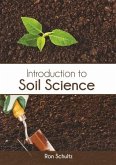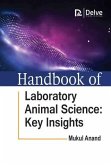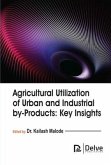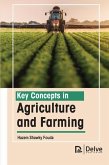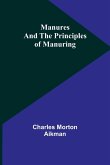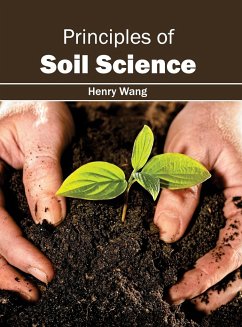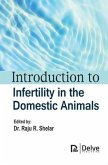According to FAO's (1989) proposal, aquaculture is the cultivation of aquatic organisms, such as fish, crustaceans, mollusks, and aquatic plants. Traditional stocking, feeding, and safety from predators, among other factors, are all aspects of farming widely used to boost production. Additionally, farming implies individual or corporate tenure of the farmed stock. Aquatic organisms that are exploited by people as a shared property resource with or without proper licensing are the fisheries harvest, whereas aquatic organisms that are reaped by personal or corporate bodies that owned them during their rearing duration contribute to aquaculture for statistical purposes. The utilization of living aquatic resources in a continuous system from capture to culture is what this volume on aquaculture is all about. The relationship between aquaculture, agriculture, and fisheries is examined in light of its fundamentals and potential. Aquaculture has always made use of entrenched ideas, methods, and technologies from the cultivation of terrestrial florae and faunae. Agriculture, aquaculture, and fishing all end up producing final products that compete with one another or complement one another, make use of similar technologies for processing, conservation, or marketing, and call for the same type of research. In specific chapters, the volume provides in-depth descriptions of the general principles and originality of aquaculture art.
Bitte wählen Sie Ihr Anliegen aus.
Rechnungen
Retourenschein anfordern
Bestellstatus
Storno

